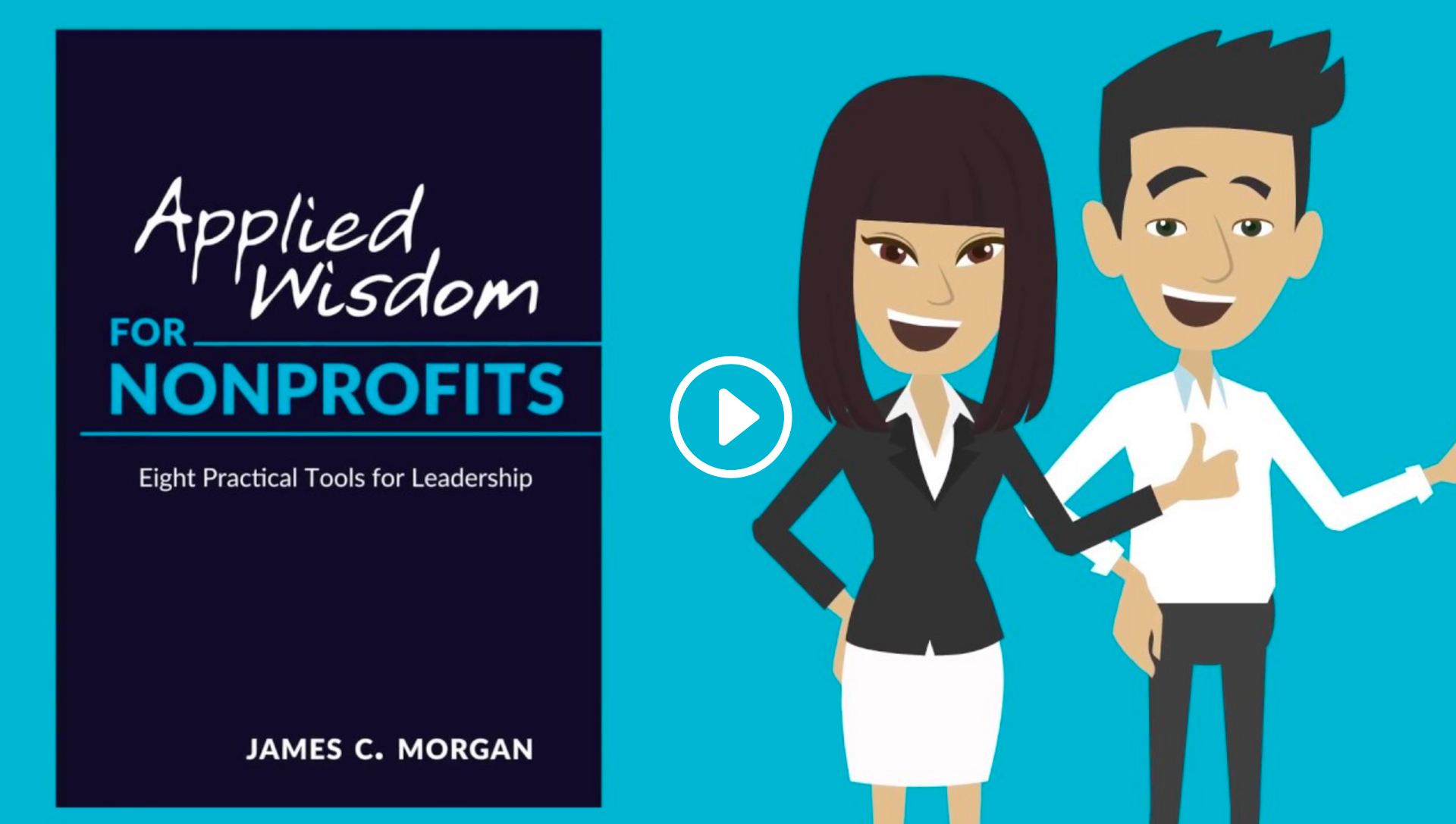In the manufacturing business, “Book it and ship it” can simply mean, “We’ve finished building this. Let’s fill the orders and move on.”
But I’ve also used the expression more broadly as a way of saying, “No more dithering. We’ve done our best here; now let’s put the decision in motion and see what happens.” If problems develop, you manage them. But kicking the can down the road over and over just saps energy. Success comes from the implementation of ideas. Time must be spent on organizing, strategizing, and planning, but then you need to complete the project, release the product, hire the person, or get the donation.
Success is 10% planning, and 90% implementation.
The Cost of Perfect Information
Voltaire said, “Don’t let the perfect be the enemy of the good.” That’s sound advice. Time is wasted and opportunities are lost when people become fixated on having perfect information rather than trusting their instincts, making decisions, and then managing the consequences. Organizations in motion can alter course much faster than they can go from zero to 60. Decisions create momentum.
That does not mean you agree to pursue long shots or ignore troubling data just to make sure you do something. You always want good information. And you want extremely good information when you are calculating a moon shot or planning a brain surgery. But the cost of perfect information is too high for most decisions. Too many people agonize for too long making decisions and then they don’t pay enough attention to managing the outcome. They neglect to establish contingency plans and milestones and then do an honest assessment of whether the plan is working as the organization reaches (or doesn’t reach) those milestones. Once in motion, they often neglect the course corrections necessary for success.
More complex decisions require a staged process. Gather a few people with the best perspective to frame the decision needed. Assign for appropriate analysis and recommendation. Get used to not having perfect information to make a decision. Of course the decision is important, but more important is how you manage next steps. Establish a written set of milestones to assess each decision and how you are managing the consequences of the decision over time.
Stay on the Cliff
At Applied Materials, we used to envision ourselves standing on a cliff. One of three things can happen:
1) You give a correct answer to the question and you stay on the cliff.
2) Wrong answer, you’re pushed off.
3) No answer, you’re also pushed off!
This scenario sharpens the mind. Within their area of responsibility, most people will give the right answer most of the time. You just need to decide to decide.
Making Decisions at The Nature Conservancy
We accomplished a lot during the time I served on the board of The Nature Conservancy (TNC). With a mission “to conserve the lands and waters on which all life depends,” it’s the largest U.S. nonprofit focused on the environment. However, a disproportionate amount of time was spent reorganizing and strategizing. I became somewhat famous in TNC for using this phrase, “book it and ship it.”
Mark Burget, executive vice president and managing director of North America for TNC, put it this way:
“At one time TNC’s biggest shortcoming was our disproportionate focus on planning, internal discussion, and so on. In ‘book it and ship it’ I hear a plea to get on to execution. This is a challenge for any organization, but especially for a mission-driven organization facing very large, complex challenges. We could easily spend the rest of our lives talking about environmental problems and feeling pretty good about how smart we are. Jim reminds us to get to work on making change happen in the world. Make the purchase, get the easement, attract the funding, hire the person, close the opportunity. As William Blake said, ‘Execution is the chariot of genius.’”
Of course, this Morganism doesn’t apply just to environmental nonprofits. Making good decisions, timed right, is a challenge for all groups. My experience says that you just have to cultivate the habit of making timely decisions and then effectively communicate them.
I often think of the quotation, “When all was said and done, more was said than done.” Enough discussion: let’s book it and ship it!
To your success,
Jim Morgan
As always, complimentary copies of Applied Wisdom for Nonprofits, print, digital, and the audiobook, are just a click away.
What blocks you from making critical decisions?
How do you overcome uncertainty and move forward?
Please leave your reply using the comment section below.



